

Create Your Personal Logo
Learning areas » Bees and Honey
Scenario
We create a logo for our brand following the guidelines of the biggest successful brands
Target group
15-18 years old
Duration
80 mins
Educational topics
WOW priority topics covered:
- Communication skills
- Informational and communication technologies
Expected learning outcomes
An individual can create a product with online tools.
An individual can create his/her own logo.
An individual can define logo designing steps.
An individual can design a logo.
An individual can give feedback to other groups’ presentations.
An individual can make a group work.
Metodologies
Place / Environment
Computer rooms, classroom
Tools / Materials / Resources
Computer, internet access (Wifi), posters, colorful pencils, postits, sticky tape, marker pencils
http://en.linoit.com/
Step by step description of the activity / content
Trainer begins class by telling a story. Then “Ezine Cheese Brand” story gets distributed to the participants. The trainer gives some time to participants to read the story.
After reading it discussion begins: “What does Elif want to do? “, “Are there any other examples besides Ezine peyniri?” “What would you do if you were Elif?”
After the discussion, the trainer separates participants into groups. Every group has to choose their own product. For a while every group discusses about their own product on their own.
After selecting a product the trainer asks: “You have selected your product, you will establish your corporation. Then what should be your next step? ”. Postit papers get distributed to the groups and the poster paper is hanged to the wall. Every group writes their ideas on that then stick these papers to the posters. It is estimated to get answers like; promotion, job plan, creating a brand, designing a logo, marketing exploration. After reading all the answers, the class makes the assessment of the answers and answers put in order. The trainer leads the participants to the correct answers. For this stage http://en.linoit.com/ could be used.
The trainer says “let’s establish our corporation by starting to create a logo”.
The chart in the following gets distributed to the groups and asked to be filled. The same chart is drawn to the poster. After finishing filling the group charts, the groups fill the chart that is on the board.
| When You create your logo, You | |
| Should | Should not |
|
|
|
The trainers asks leading questions to get the correct answers.
Expected chart should be like this:
| When You create your logo, You | |
| Should | Should not |
|
|
After filling the chart, the trainers says that they will play a game and gives 2 minutes to the groups to select their group names. During 2 minutes, the trainer informs groups about the game. The table that includes group names and rating chart is drawn to the poster. After every question, rating chart gets filled.
- After the questions, answers will be written to the papers.
- One speaker will be chosen from every group and they will tell the answers.
- Given answers will be the agreed decision by every group member.
- Speaker will tell the reason of why they have given that answers to the questions.
- A group who gives the correct answer, will gain 10 points.
- None of the groups will interfere the other groups’ answers.
1st question:
Firstly, the trainer puts a picture of a target group.
Target Group :
20 years old
High school graduate
Full-time working hours
Loves sports
The trainer puts these two logo examples on the board.
“Which logo is appropriate for the targeted group, why?”
With this example, groups understand how to follow the steps of creating a logo. They make a link between target group and a design. Participants realise that for the targeted group, they should select more masculine and powerful logos rather than selecting enjoyable and childish logo.
2nd question:
The trainer puts these two logo examples on the board.
“Which logo is better? Why?”
For this question, the expected answer is; because of changing trends in this sector, rather than using 3D design or different fonts, we should use designs that are always popular.
3rd question:
The trainer puts this logo examples on the board.
Why did Burger King corporation choose this logo?
Expected answers from the participants;
- design reinforce to the brand
- Resembles a hamburger
4th question:
The trainer puts these two logo examples on the board.
"Why did Disney choose the second logo but not the first one?"
Expected answers;
- Use fonts to convey the right emotions.
- Disney’s brand is based on creating happiness through fun, magical experiences.
- Logo 2 is more creative and fun.
5th question:
The trainer puts these logo examples on the board.
"Specify the things that takes your attention in these logos."
Expected answers:
Use colour on your logo to reinforce your message
Animal planet’s logo refer to nature so it is green.
Victoria’s Secret’s brand refer to girl, love, feminine so it is pink.
Sony refer to power, formal so it is black.
Referring to the answers, winning group gets selected and the trainer introduces the online tool that helps to create a logo.
http://www.designmantic.com
It is asked from the participants to enter this website: http://www.designmantic.com. The trainer introduces the interface. Every group starts to create their own logo. Every group finishes their logo.
Feedback
The trainer distributes a feedback paper to evaluate other groups’ work. In this paper, there are points that are to take into consideration while creating a logo.Assessment & Evaluation
Every group can improve their logos with reading feedback papers.


